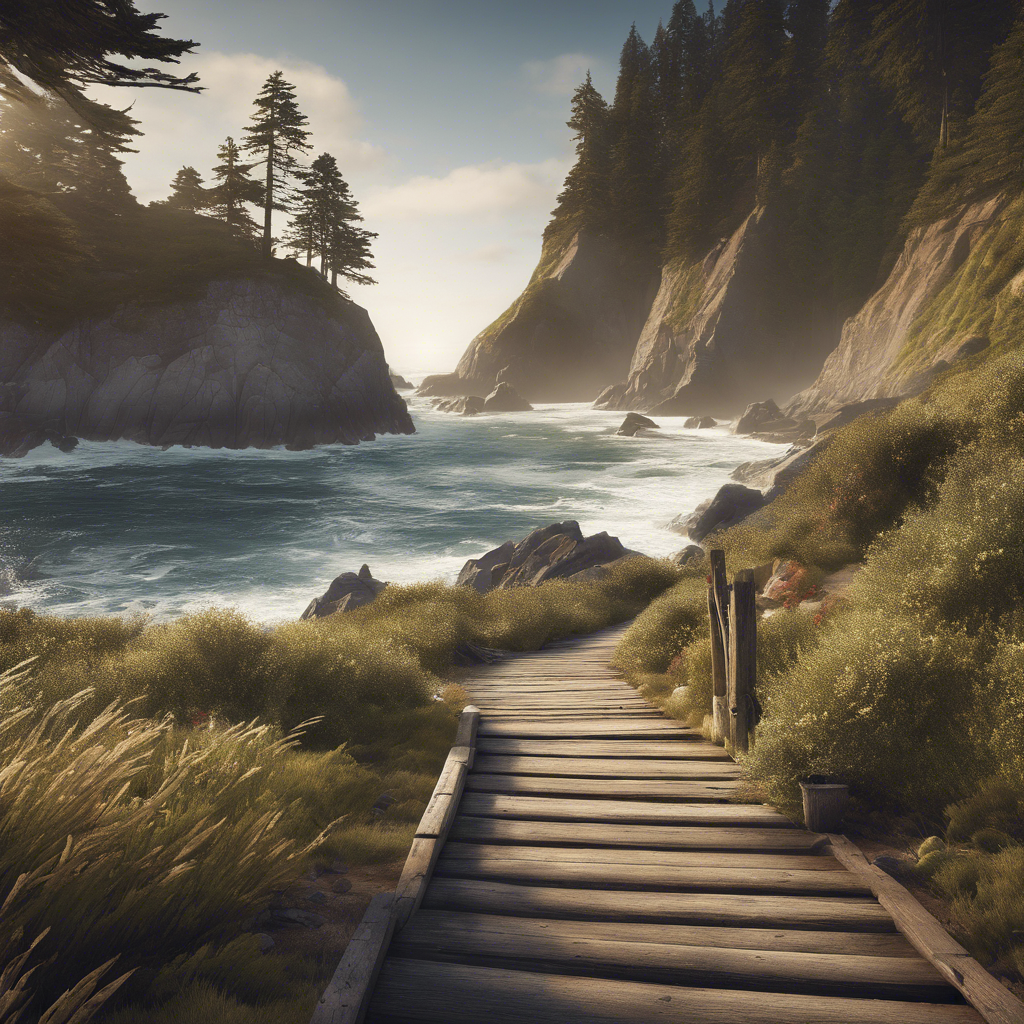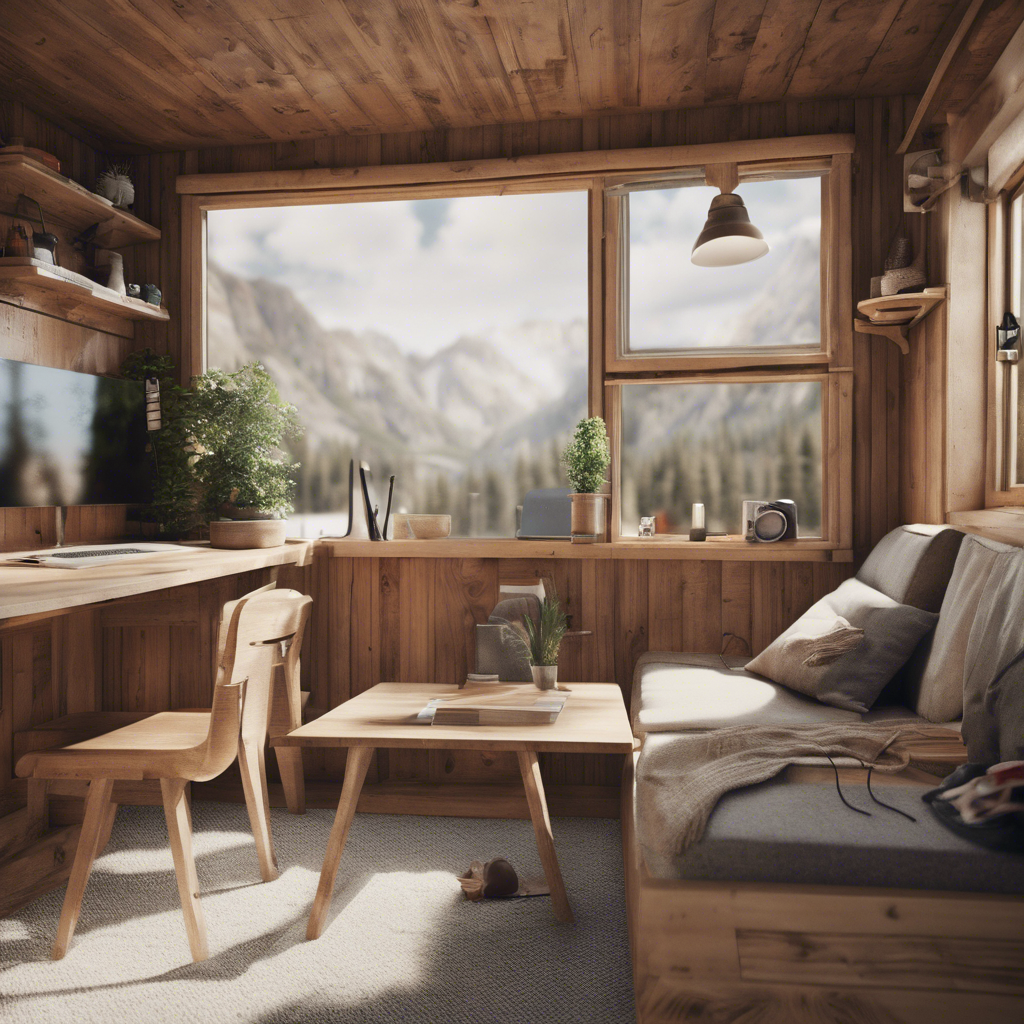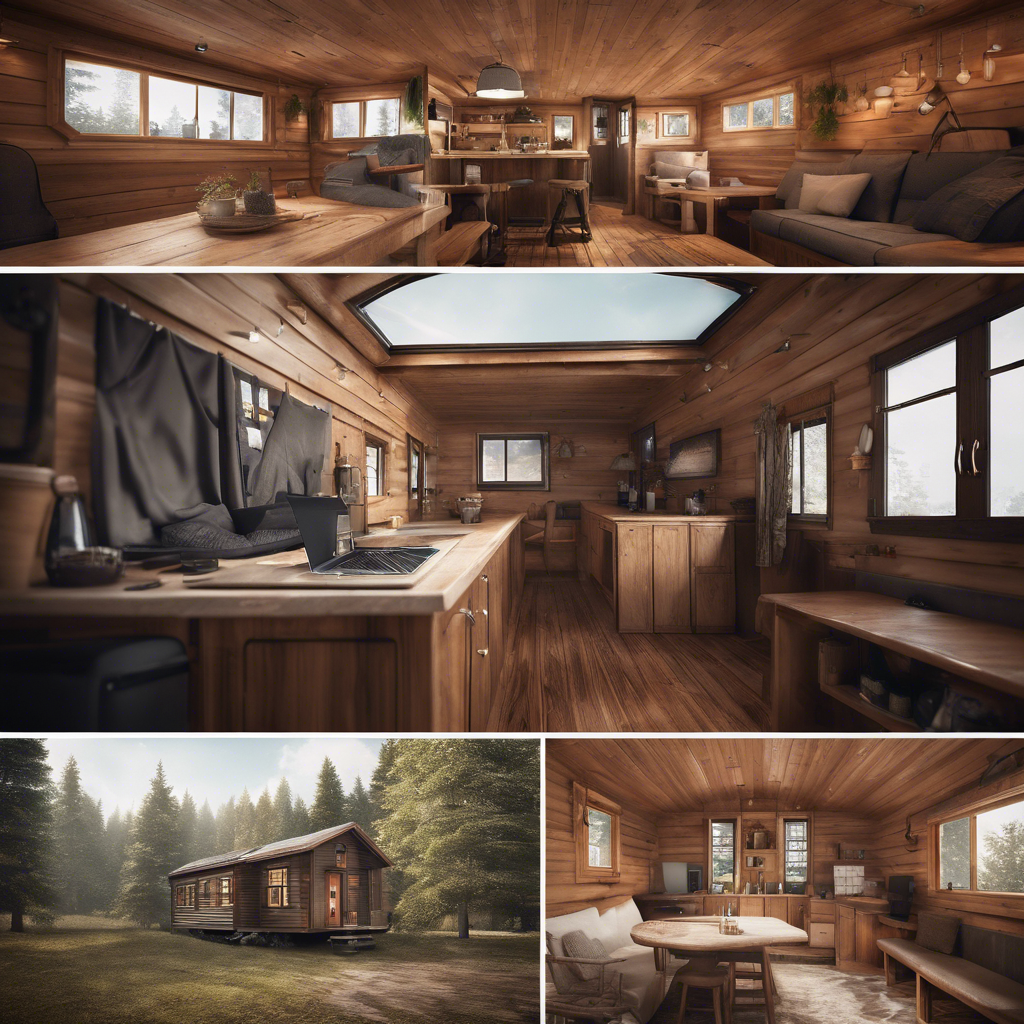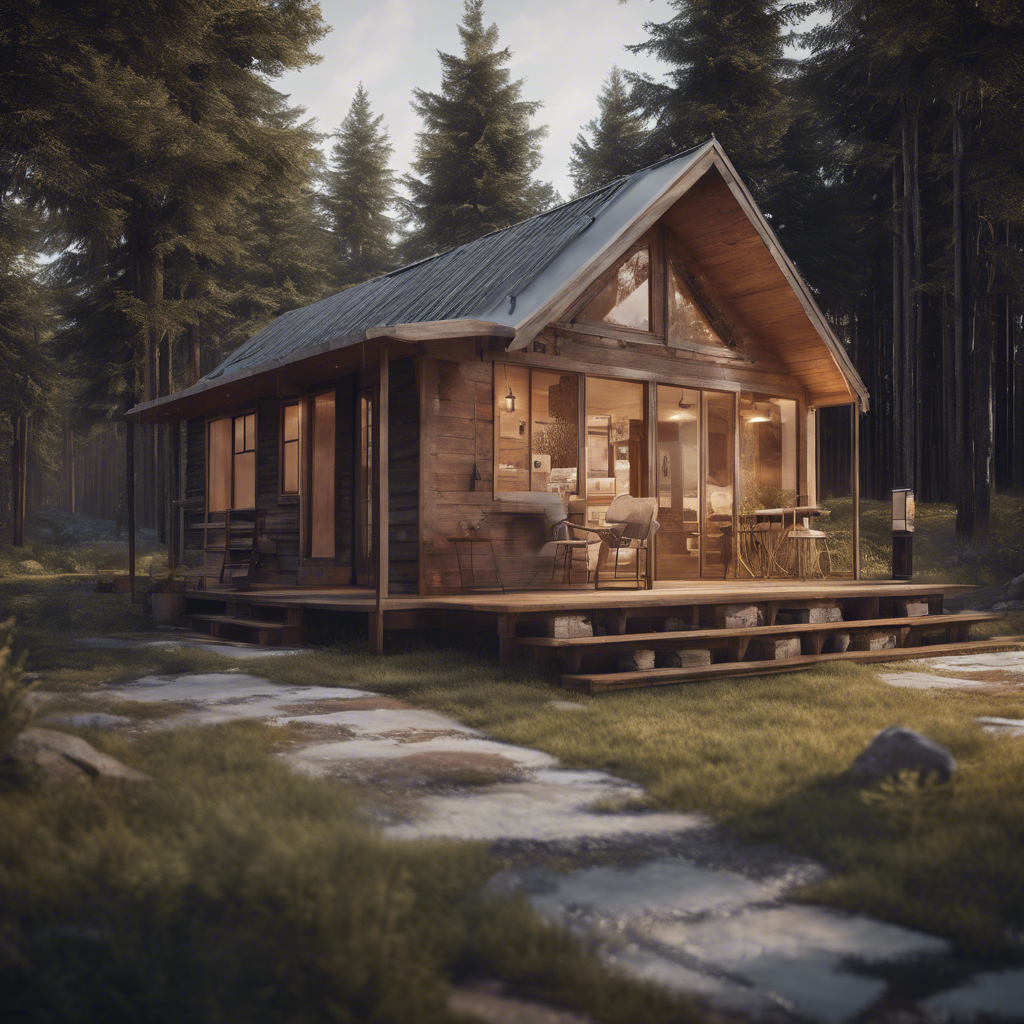Welcome fellow nature enthusiasts! Today, we embark on a virtual journey to one of the most iconic mountain ranges in North America—the awe-inspiring Rocky Mountains. Get ready to immerse yourself in the grandeur of these majestic peaks, picturesque landscapes, and the rich biodiversity that calls this natural wonder home.
Unveiling the Rocky Mountains
Stretching over 3,000 miles from Canada down to New Mexico, the Rocky Mountains stand tall as a symbol of untamed wilderness and scenic beauty. With its snow-capped peaks, lush valleys, and crystal-clear rivers, this mountain range offers a paradise for adventurers, hikers, and nature lovers alike.
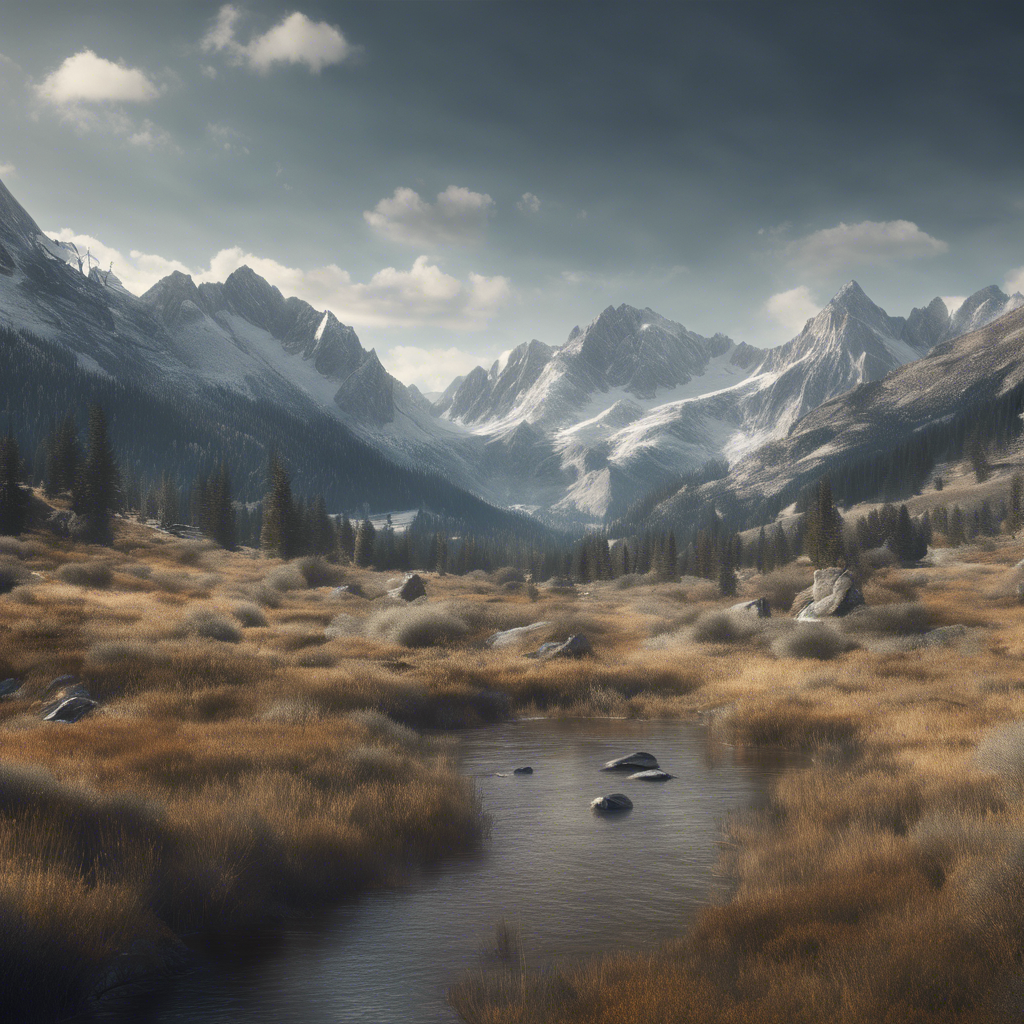
A Haven for Outdoor Enthusiasts
For adrenaline junkies seeking an adrenaline rush, the Rockies provide an array of outdoor activities year-round. From hiking and rock climbing in the summer to skiing and snowboarding in the winter, there's no shortage of adventures to embark on against the stunning backdrop of these rugged mountains.
Wildlife Wonderland
But the Rockies are not just about adventure; they are also home to a diverse range of wildlife. Keep your eyes peeled for glimpses of elusive creatures like bears, elk, bighorn sheep, and even the occasional mountain lion. Birdwatchers will be delighted by the sight of majestic eagles soaring high above the mountain peaks.
Conservation and Preservation
Preserving the natural beauty of the Rockies is paramount to ensuring future generations can continue to enjoy this natural treasure. Organizations and national parks work tirelessly to protect the delicate ecosystems, wildlife habitats, and pristine landscapes that define the Rockies.
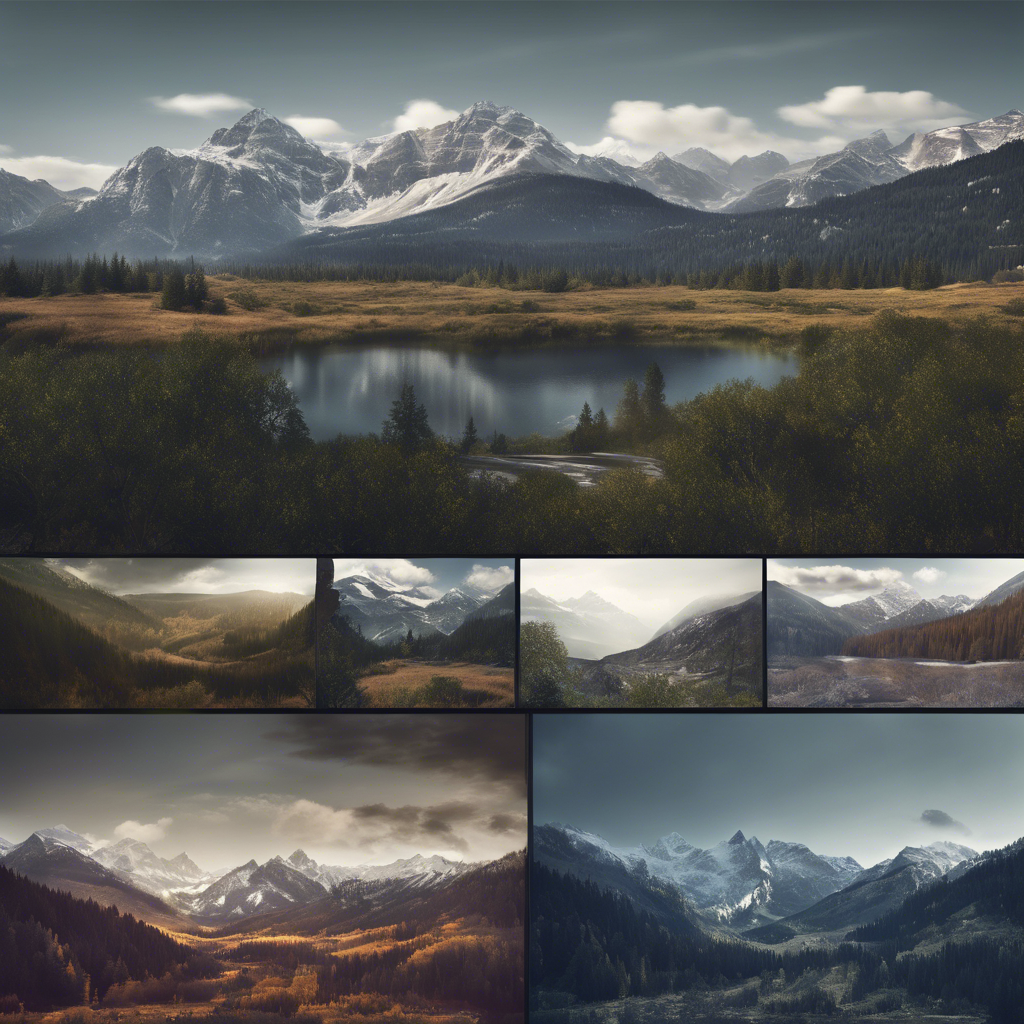
Hidden Gems and Scenic Views
For those who seek solitude and tranquility, the Rockies offer secluded trails, hidden lakes, and breathtaking vistas that will leave you in awe. Whether you're hiking to a remote alpine lake or simply taking in the panoramic views from a scenic overlook, the Rockies have a way of captivating the soul.
The Magic of Changing Seasons
Each season in the Rockies brings its own unique charm and beauty. Spring blooms with colorful wildflowers, summer offers warm days and cool nights, fall dazzles with vibrant foliage, and winter transforms the landscape into a winter wonderland. No matter the time of year, the Rockies never cease to amaze.
Conclusion
As we conclude our virtual journey through the Rocky Mountains, may the spirit of adventure and appreciation for the natural world stay with you. Next time you yearn for a dose of nature's grandeur, remember the Rockies—where the mountains touch the sky, the rivers run wild, and the spirit of the wilderness beckons.
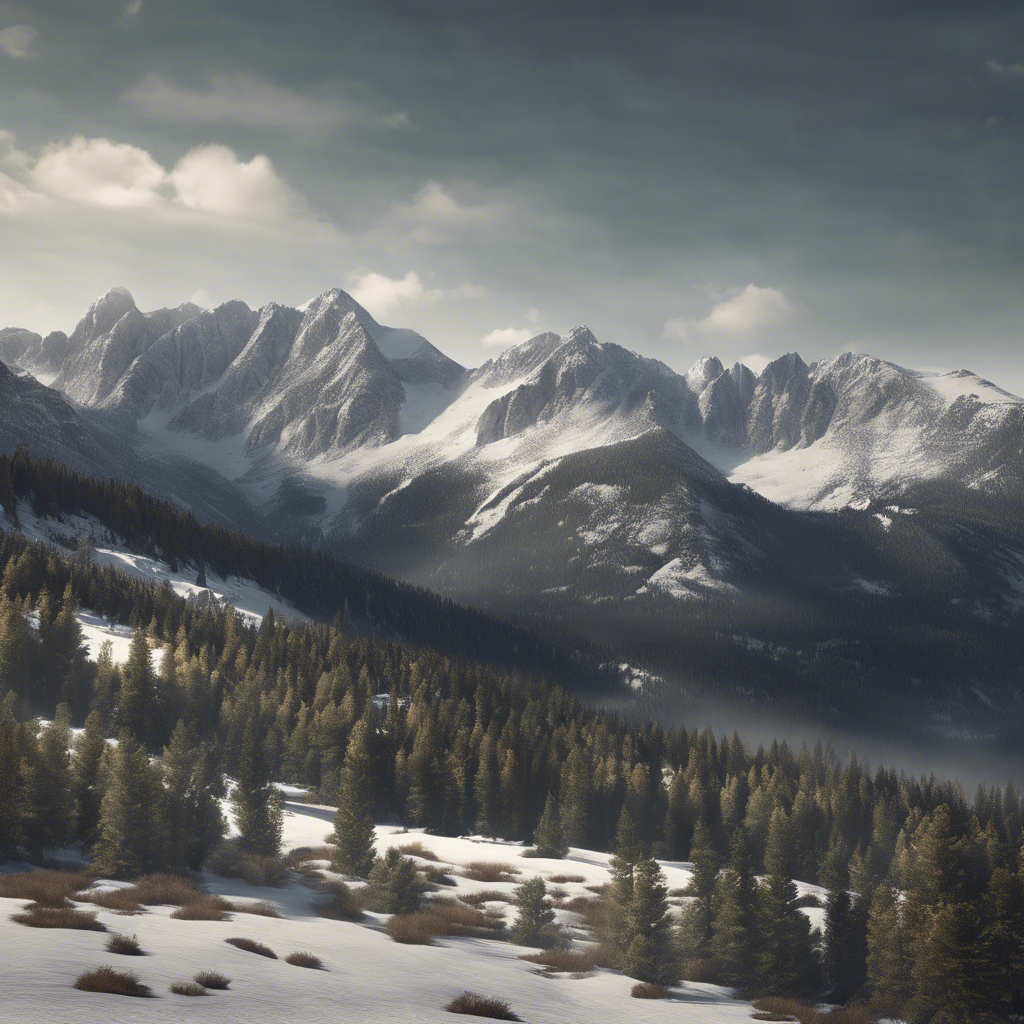
Let's continue to cherish and protect these natural wonders so that future generations can experience the untamed beauty of the Rocky Mountains. Until next time, keep exploring and embracing the great outdoors!
Now, who's ready to pack their bags and head for the Rockies? Let's go on an adventure of a lifetime!
[Word Count: 503]
